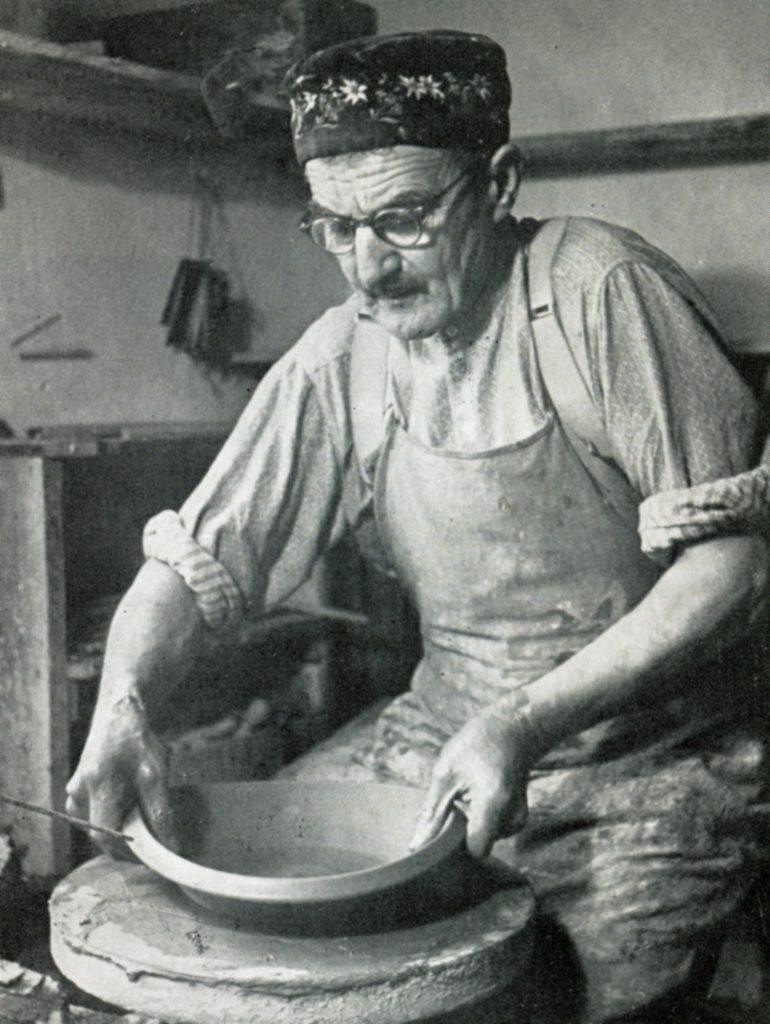
Adolf Gerber working at his potter’s wheel in 1946.
Pottery made by Adolf Gerber in CERAMICA CH
Roland Blaettler, Andreas Heege 2020
Adolf Gerber (1879–1951) is considered to have been the main driving force behind the revival of traditional Langnau earthenware colourfully decorated but with contemporary shapes and designs. His father, Adolf senior (1859–1919), set up a potter’s workshop in Tschamerie between Hasle-Rüegsau and Burgdorf-Oberburg in 1902. According to notes compiled by Franz Kohler from Schüpbach, Adolf Gerber junior initially began his apprenticeship with a potter called Bieri in Heimberg or Steffisburg (first name unknown), but he was so poorly looked after that he lost weight and eventually left. He resumed his training with Niklaus Kohler (1843-1927) in Schüpbach; on 11th May 1904 he married Kohler’s daughter Marie.
Adolf’s brother, Johann Friedrich Gerber (1881–1935), also sometimes worked as a potter in Grünen in the municipality of Sumiswald. Their sister, Ida Gerber (1897–1954), married Franz Aebi (1894–1974), who took over his father’s workshop in Hasle in 1919.
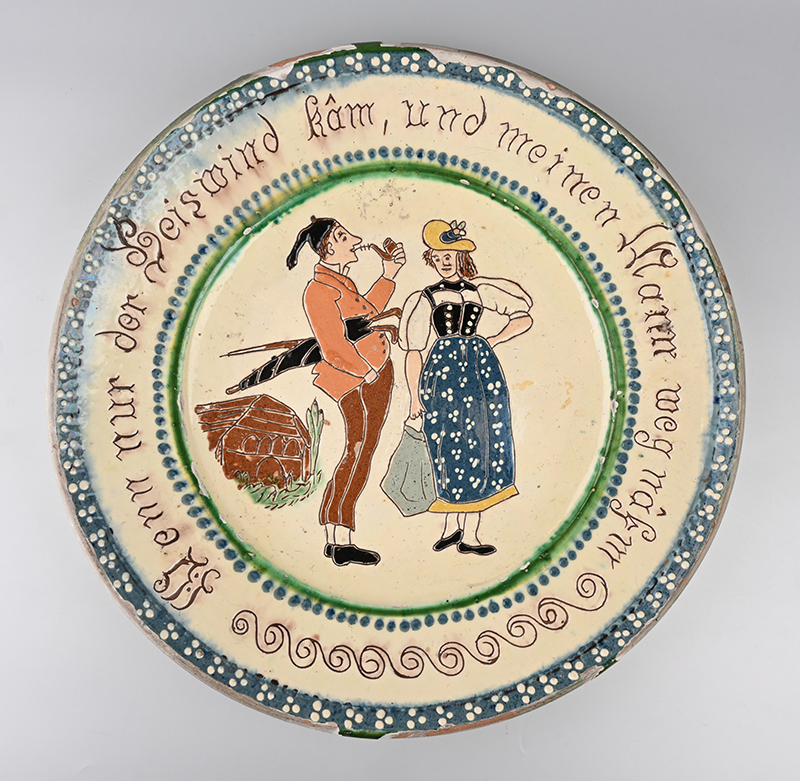
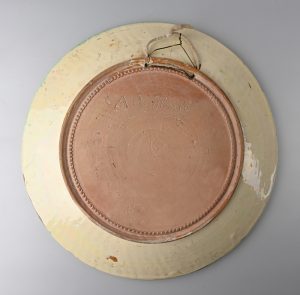
Möglicherweise arbeitete Adolf Gerber, jun., nach seiner Lehre zeitweise auch immer mal wieder bei seinem Vater Adolf Gerber, sen. in Hasle, denn es hat sich ein “A.G. Hasle” signierter Teller erhalten, der genau dem folgenden aus dem Jahr 1911 entspricht. Auch dieser zeigt auf der Unterseite den für Adolph Gerbers Frühzeit so typischen Perlrollstempel-Dekor.
In 1909, Adolf Gerber and his brother-in-law, Oswald Kohler (1886–1955), took over the workshop of Oswald’s father, Niklaus Kohler (1843–1927) in Schüpbach, which he had established in 1869.
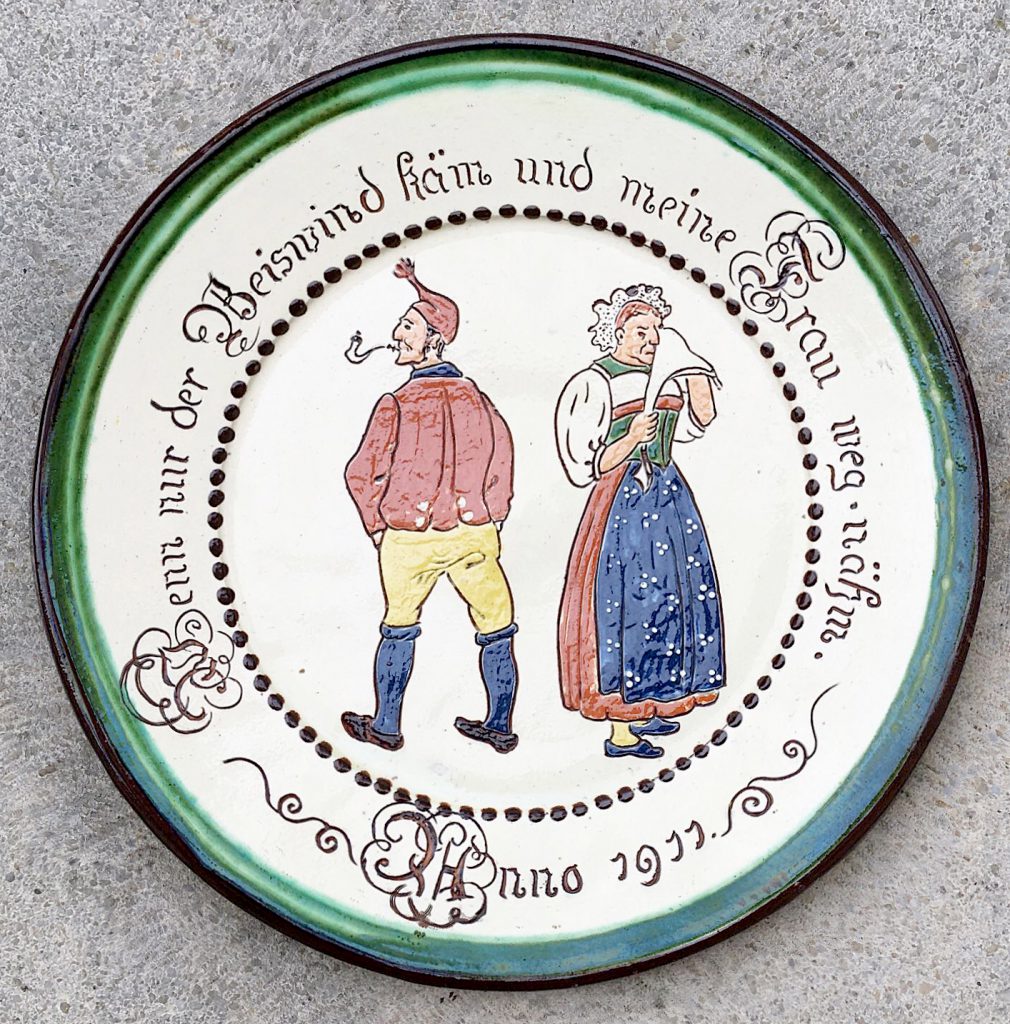
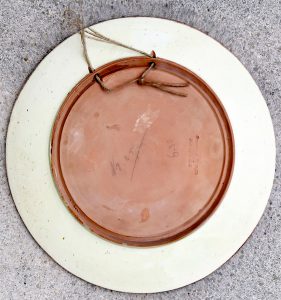
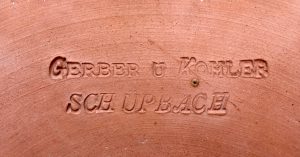
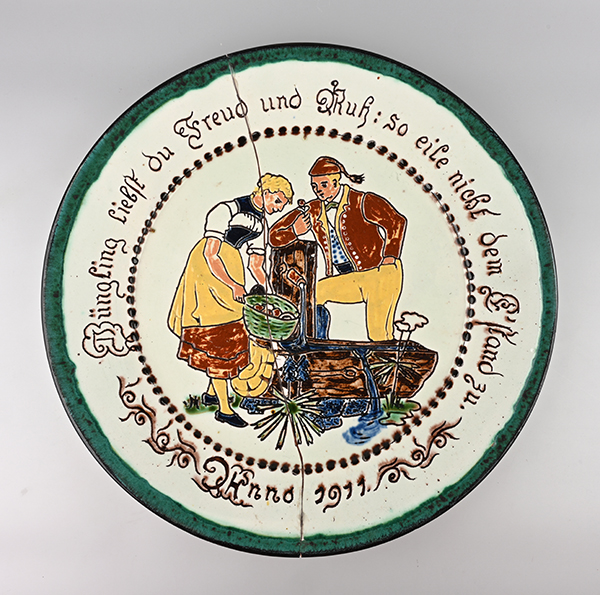
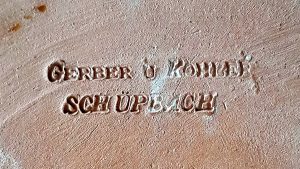
The partnership lasted just two years and today, we know of only two marked plates from this period (in private ownership) bearing motifs that were probably designed by Paul Wyss. From 1909, Paul Wyss, together with his father-in-law, a clergyman by the name of Müller from Langnau, became one of the most active promoters of the revival of Langnau ceramic art (Aeschlimann 1928, 17-18).
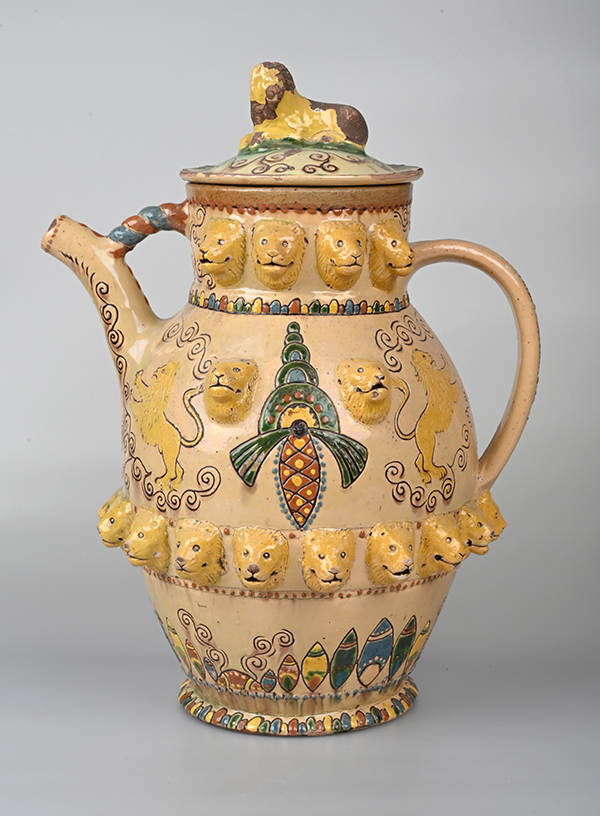
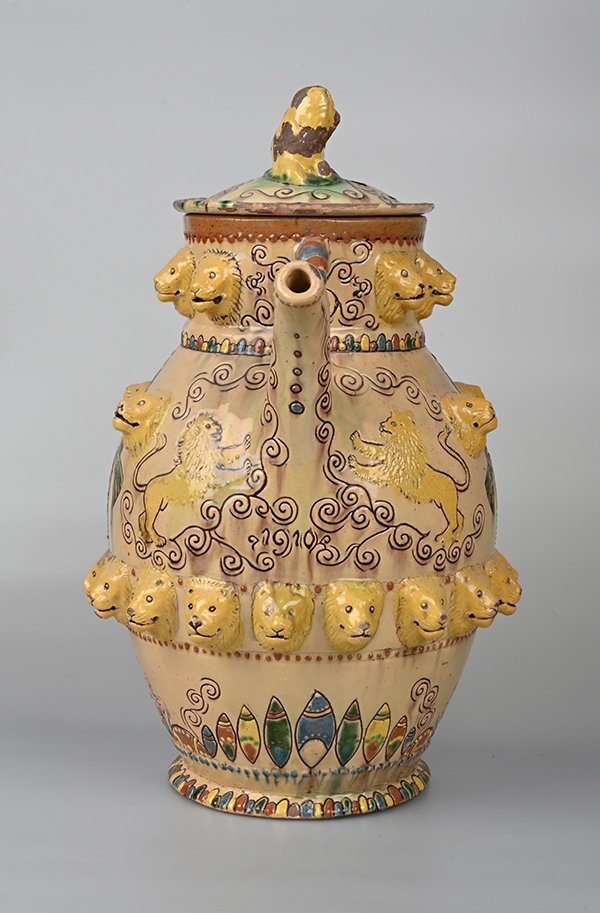
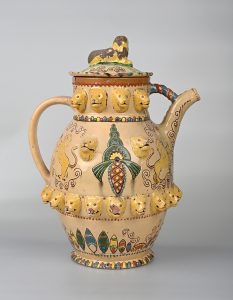
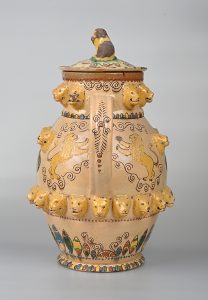
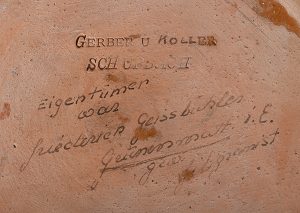
Herausragend ist eine 1910 datierte und gemarkte Kanne, die sich heute in der Sammlung Werner Gut (KunstGut) Triengen befindet.
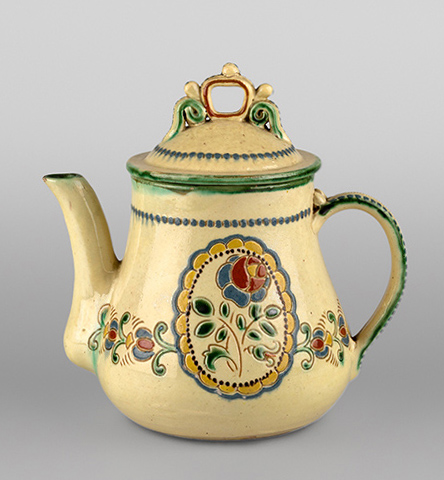
In January 1911, potter Jacob Althaus’s (1834–1893) heirs sold the house and workshop at 3 Güterstrasse in Langnau to Adolf Gerber.
Judging by the number of ceramics that can still be found, both in private households and in museum collections, Adolf Gerber’s business was undoubtedly one of the most active and successful in the region during the period between 1911 and 1951, particularly once the “Alt-Langnau” (Old Langnau) style had been developed in collaboration with the Bernese arts and crafts instructor Paul Wyss. Numerous examples of Gerber’s work and many archival objects from his workshop are now in the collection of the Langnau Regional Museum (Aeschlimann 1928, 18–19; Gerber 1985, 11; Heege/Kistler 2017, 187–189).
In 1917, Gerber participated in the “Schweizerisch-Kunstgewerbliche Weihnachtsausstellung” (Christmas Exhibition of Swiss Arts and Crafts) in Zurich (Der BUND Vol. 68, Issue 481, 14th October 1917).
In 1924, the Adolf Gerber Art Pottery in Langnau exhibited at the KABA (Canton of Bern Exhibition) in Burgdorf (StAB BB 1.9.7).
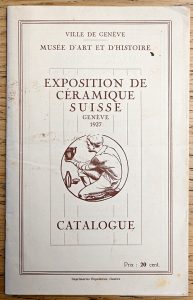
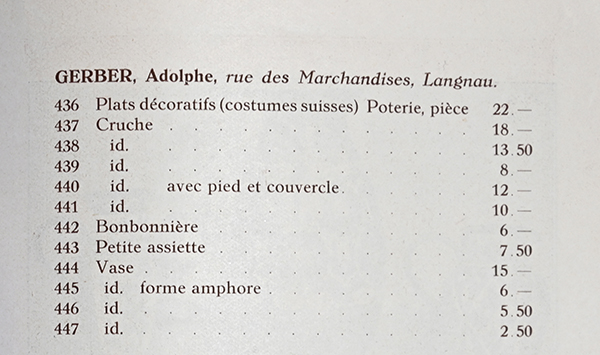
The 1927 product range was displayed in a large exhibition at the Musée d’Art et d’Histoire (Museum of Art and History) in Geneva. Der BUND newspaper published a detailed report on the exhibition, focusing on the Bernese contributors (Der BUND, Vol. 78, Issue 395, 14th September 1927).
In 1930, Gerber showed his wares at a ceramic exhibition celebrating the 25th anniversary of the School of Ceramics in Bern (Der BUND, 4th July 1939, StAB BB 1.9.34, newspaper clippings).
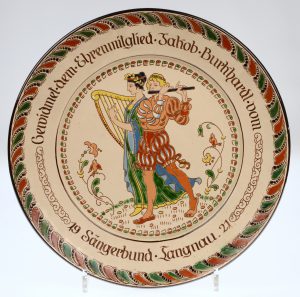
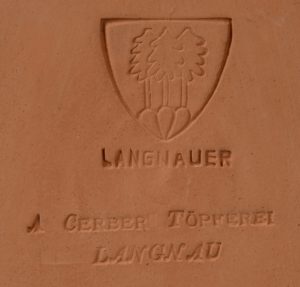
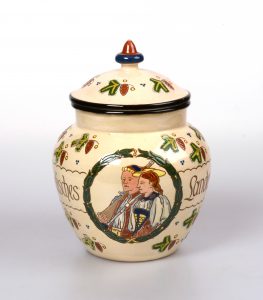
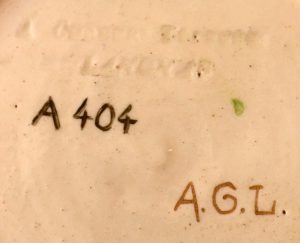
Probably from the very beginning (from 1911), Adolf Gerber used the impressed mark “A. Gerber Töpferei Langnau” (A. Gerber Pottery Langnau). The coat of arms of the municipality of Langnau and the word “LANGNAUER” (from Langnau) were added in 1915, or perhaps even earlier. Some objects also bear the incised letters “A.G.L.”.
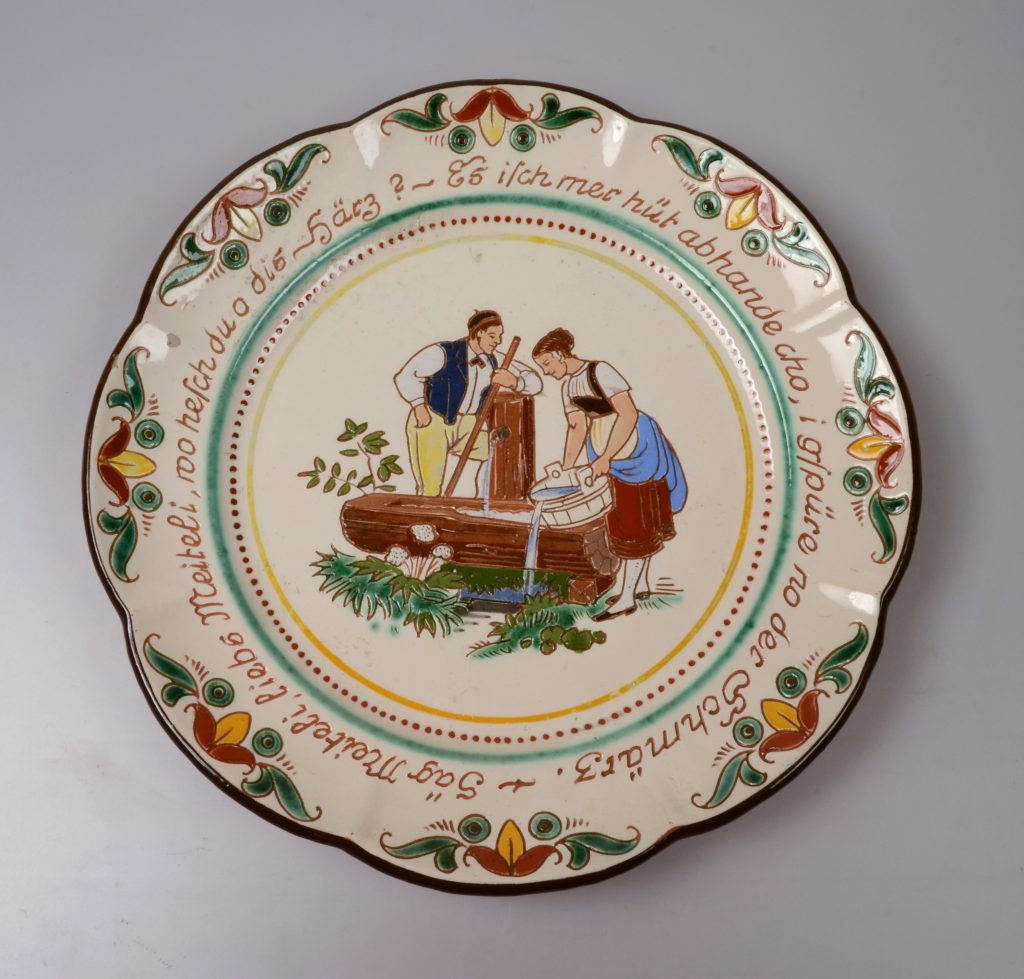
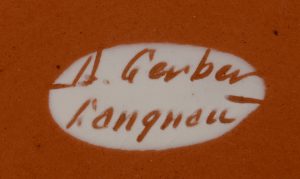
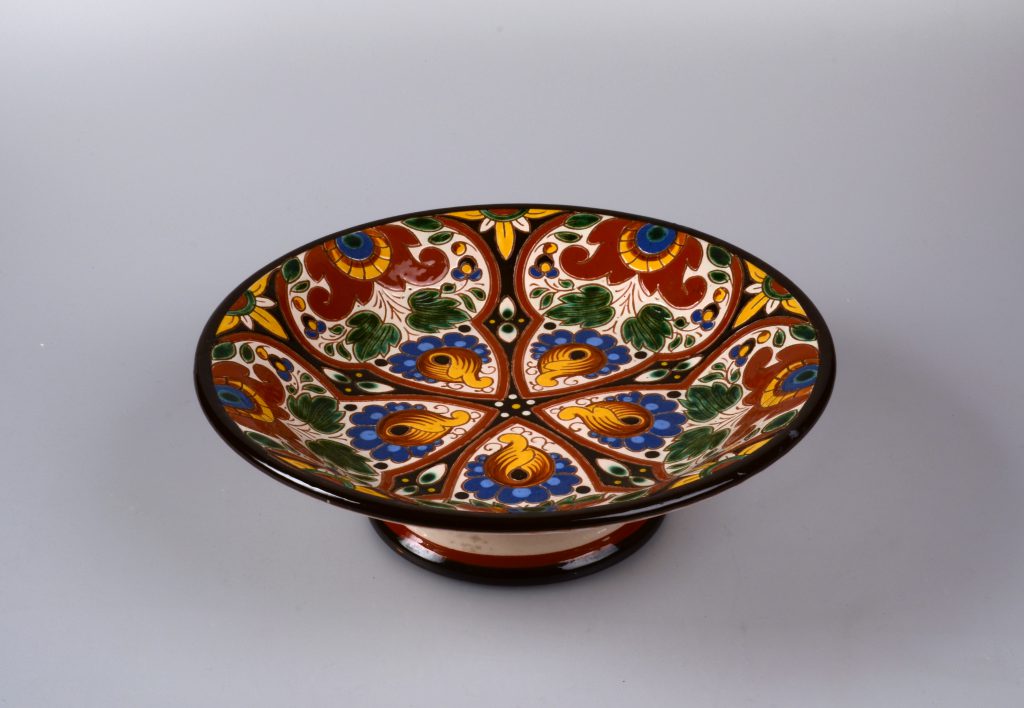
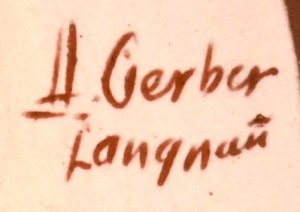
The incised workshop mark “A. Gerber Langnau” probably dates from slightly later. So far, no comprehensive study of the shapes and decorative patterns created by Adolf Gerber’s workshop has ever been undertaken.
In 1945, Adolf Gerber’s daughter Erika (1919–2004) married the potter Jakob Stucki (1920–1982). A year later, the journal “Heimatwerk – Blätter für Volkskunst und Handwerk” published an interesting article entitled “Junges Leben in der alten Langnauertöpferei” (Young blood in the old Langnau pottery industry).
It was probably during this period that Jakob Stucki created a series of figures dedicated to the Gerber workshop, which are now housed at the Langnau Regional Museum.
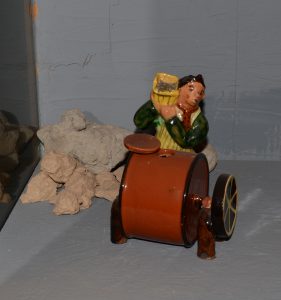
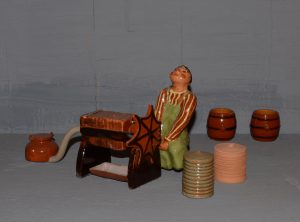
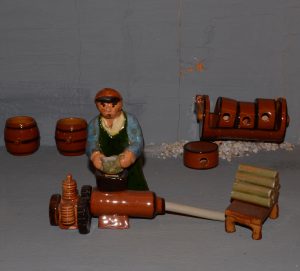
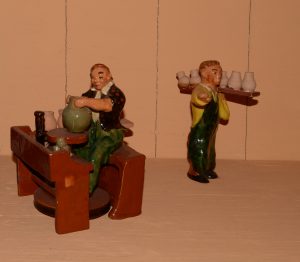
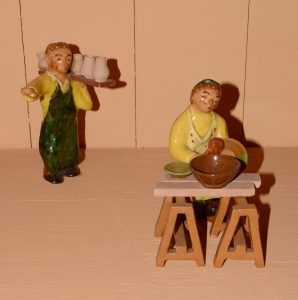
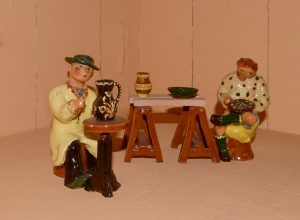
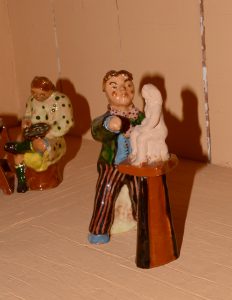
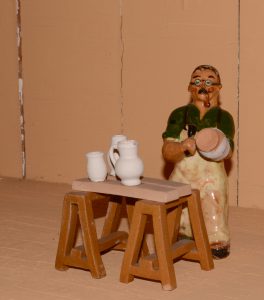
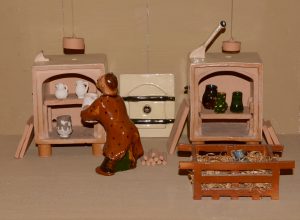
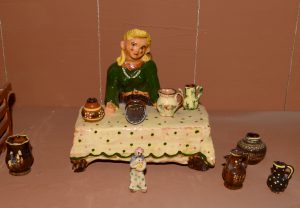
In 1948, Jakob Stucki took over his father-in-law’s workshop. When Adolf Gerber died in 1951, the property at 3 Güterstrasse stayed in the family and the workshop continued to produce items of everyday crockery and art pottery until Jakob Stucki’s death in 1982. His successor, however, failed to keep the business afloat.
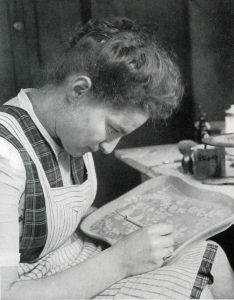
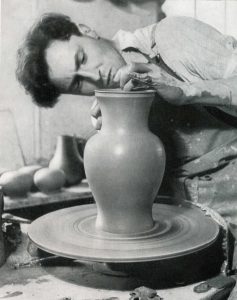
Erika Gerber and Jakob Stucki in 1946
Gerber-Kohler-Stucki-Aebi family tree
Translation Sandy Haemmerle
References:
Aeschlimann 1928
Emil Aeschlimann, Alt-Langnau-Töpferei. Ein Beitrag zur Volkskunde. Beilage: Die rumänische Königin im Ilfis-Schulhaus, 8. Mai 1924, Bern 1928.
Blaettler/Schnyder 2014
Roland Blaettler/Rudolf Schnyder, CERAMICA CH II: Solothurn (Nationales Inventar der Keramik in den öffentlichen Sammlungen der Schweiz, 1500-1950), Sulgen 2014, 370.
Gerber 1985
Heinz Gerber, Die Langnauer Töpfereien. Ein kleiner Überblick, Langnau 1985.
Heege/Kistler 2017
Andreas Heege/Andreas Kistler, Keramik aus Langnau. Zur Geschichte der bedeutendsten Landhafnerei im Kanton Bern (Schriften des Bernischen Historischen Museums 13), Bern 2017.
Schneider 1979
Alfred Schneider, Der Töpfer Jakob Stucki (Suchen und Sammeln 4), Bern 1979.
Schnyder 1985
Rudolf Schnyder, Vier Berner Keramiker. Werner Burri, Benno Geiger, Margrit Linck, Jakob Stucki, Bern 1985.

